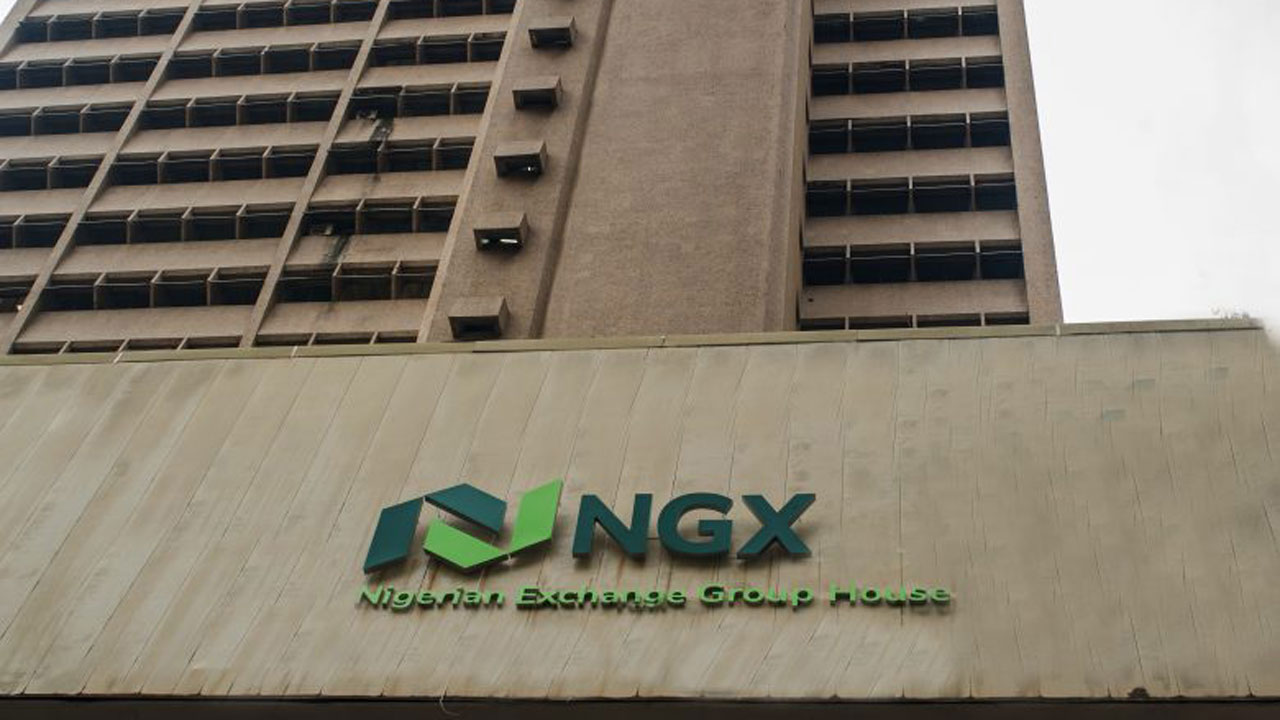Bank deposits in Nigeria increased by N6.92 trillion from N36.13 trillion at the end of October 2021 to N43.05 trillion in the same period of 2022. This was stated in the members of the Monetary Policy Committee of the Central Bank of Nigeria’s personal comments.
Aishah Ahmad, the Deputy Governor of the CBN’s Financial System Stability Directorate, said that total assets increased from N57.3 trillion in October 2021 to N69.67 trillion in October 2022, while total deposits increased from N36.13 trillion to N43.05 trillion over the same time period. Between the end of October 2021 and the end of October 2022, total credit climbed by N5.32 trillion to N28.81 trillion, with notable increases in credit to the manufacturing, general commerce, and oil & gas sectors.
“The continued credit expansion particularly to output-enhancing sectors is expected to further support economic activities. However, sustained regulatory vigilance is required to mitigate any potential crystallisation of credit risk in the financial system in view of lingering macroeconomic risks.
“As anticipated, average lending rates have risen between June and October 2022, partly driven by the tight monetary policy stance of the MPC, which requires vigilance by the banks to forestall defaults and preserve asset quality.”
According to her, the continued application of the GSI policy and the banks’ efficient credit risk management procedures were helpful in this regard, and recent initiatives of the Central Bank like the naira redesign were anticipated to improve the transmission of monetary policy through the banking system.
Despite the sound financial system fundamentals and positive stress test results, she said, the Bank must be vigilant and actively manage operational, asset quality, and other risks to the stability of the financial system. This is particularly important given the difficult global economic environment.
Also, a member of the MPC, Shonubi Folashodun, said the banking system had remained resilient so far in 2022, even as it continued to grapple with the effects of a challenging macroeconomic environment on businesses.
He said, “Industry non-performing loan ratio was 4.8 per cent in October 2022 below the 5.0 per cent threshold, while industry liquidity ratio was 40.1 per cent, above the 30.0 per cent minimum level. Of note is the sustained growth in total industry deposits, credits, and assets, reflecting positive impact of various measures by the Bank.
“Industry capital adequacy, though lower at 13.4 per cent, was above the 10.0 per cent prudential minimum. Significant rise in domestic claims on private sector and the government has however pushed annualised growth of major monetary aggregate slightly above the benchmark for fiscal 2022, highlighting monetary aspect of the drivers of inflationary pressure.”
An MPC member, Robert Asogwa, said the domestic financial sector was still resilient in November except for observed volatilities in the stock market.
He said, “The banking sector indicators are robust, similar to the position at the last MPC meeting, with non-performing loans ratio declining further from 4.9 per cent to 4.8 per cent in October 2022 and with further increases in total assets.
“Of particular interest is the addition of above N1tn in total industry deposits between September and October 2022.
“Of marginal concern, is the consistent decline in the capital adequacy ratio of the banks between June and October 2022, but this is attributed to increases in total risk-weighted assets, which for some time has been higher than the total qualifying capital.”














